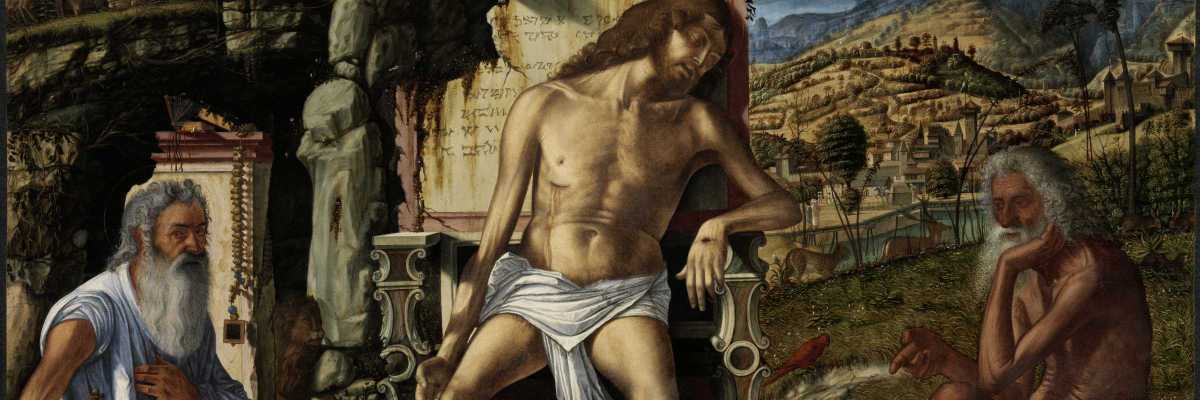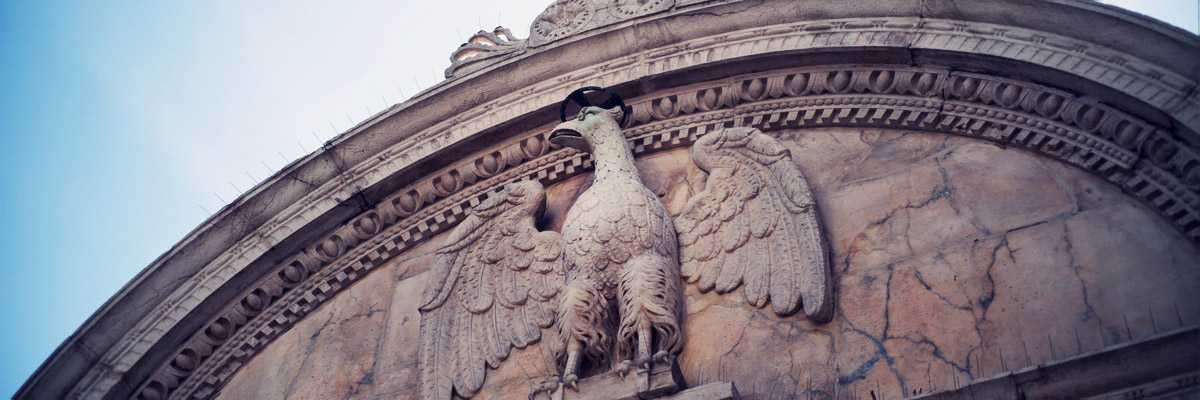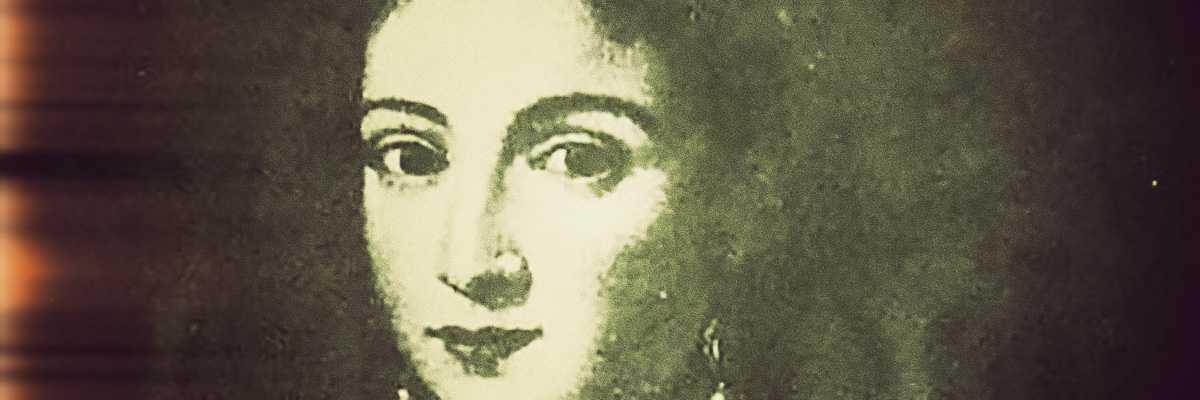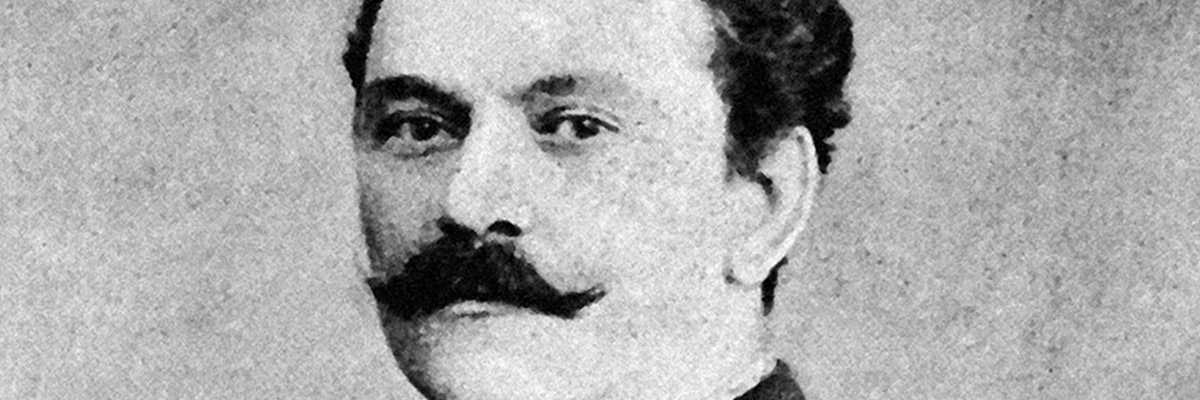Since the 18th century, as evidenced by Canaletto in one of his paintings, the Ruga Giuffa bridge was equipped with shoulders, not in iron as now but in stone. Admiring the bridge from Campo Santa Maria Formosa you can see that it is flanked by three other bridges, some of which are private, spaced a few meters from each other and which cross the entire Rio di Santa Maria Formosa. It was built using mainly bricks, plaster and Istrian stone, the last time it was renovated in 1994. The distance between the two banks is about 6 meters which corresponds to just over 20 steps. The two ramps are in
Already subscribed? Login →
Continue reading:
7,99€ per month, or 59€ per year
Invest in culture, in beauty, in a better future.
You can unsubscribe whenever you want.
or




